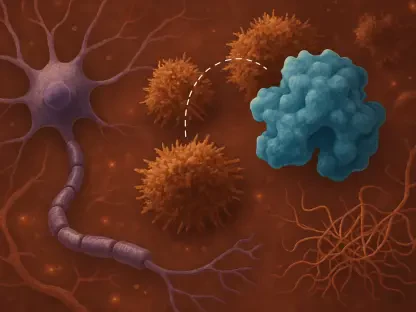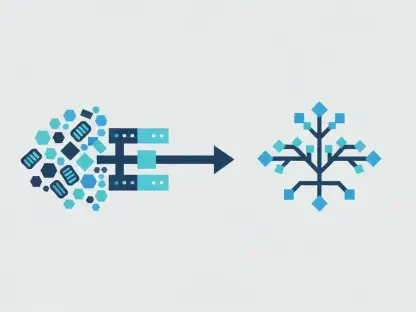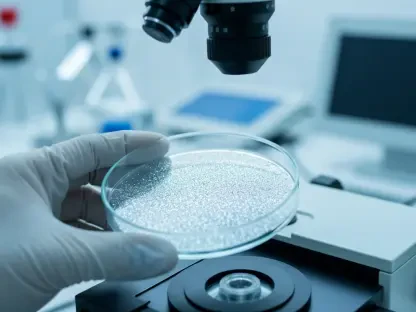In the quest to combat pervasive diseases, researchers have long grappled with understanding complex cellular environments that dictate disease progression. With innovations like Spatial Transcriptomics, profound insights have started unraveling the intricate tapestry of gene expression across tissues. Designed to act as a “molecular GPS,” Spatial Transcriptomics not only offers a detailed map of where cellular mechanisms engage but also holds promise for accelerating drug discovery, turning conventional methods on their head. This review delves into the technology’s profound capabilities, performance metrics, and transformative potential in biomedical research.
Advanced Mapping and Data Integration
Spatial Transcriptomics marks a significant advancement by facilitating unprecedented gene expression profiling across diverse tissue types. Core to its operation is the mapping of gene activity, providing researchers a holistic view of how genes function in various spatial contexts, a crucial aspect impacting disease pathology. The emergence of tools like the Spatial transcriptOmics Analysis Resource (SOAR) enhances this capability by incorporating data from over 3,461 tissue samples across multiple species. This aggregation allows scientists to pinpoint cellular interactions, offering insights into diseases like irritable bowel syndrome or cancer, where immune responses threaten or fail, respectively.
Beyond mapping, the technology’s integration with computational tools stands out as a game-changer. Harnessing artificial intelligence, Spatial Transcriptomics refines data analysis by automating complex tasks and predicting biological interactions. AI-driven models facilitate more precise predictions of gene expressions and offer intuitive interfaces for researchers to engage with this wealth of information. The union of AI and spatial mapping not only boosts efficiency but also opens new avenues in understanding intricate biological mechanisms.
Performance Innovations in Biomedicine
Recent developments in Spatial Transcriptomics underscore a paradigm shift in biomedical research. The technology continues to push boundaries by offering deeper insight and broader applicability with emerging trends redefining its trajectory. Innovations including enhanced resolution metrics, higher throughput capabilities, and real-time data processing methods significantly amplify its utility. These enhancements reflect a broader trend toward integrating cutting-edge computational biology to accelerate research timelines.
Spatial Transcriptomics’ applicability spans diverse fields, from academic research to pharmaceutical innovations. Industries show a growing penchant for employing SOAR, anticipating streamlined pathways for deciding which drug candidates deserve further exploration in preclinical and clinical trials. The tool’s potential in expediting drug pipelines holds promise, transforming how research teams prioritize drug candidates by evaluating dynamic patterns of gene expression.
Challenges Facing the Technology
Despite its noteworthy advancements, Spatial Transcriptomics encounters hurdles that demand attention. Technical challenges such as the need for sophisticated equipment and expertise remain pertinent. Regulatory considerations, especially concerning data handling and privacy, add to the complexity. Efforts to tackle these challenges include refining hardware components and adopting stringent data protocols. Collaborations in the sector are instrumental, with ongoing initiatives aiming to democratize access and improve commercialization prospects.
Future Perspective and Verdict
Foreseeing the future of Spatial Transcriptomics is promising yet contingent on overcoming existing challenges. Prospective breakthroughs could revolutionize biomedical landscapes, offering versatile applications from genomics to personalized medicine. Pioneering efforts anticipate the integration of even more advanced AI models to further enhance data analytics. As technology progresses, its influence on understanding disease mechanisms and guiding drug discovery is likely to be profound and far-reaching.
In conclusion, Spatial Transcriptomics heralds the dawn of a new age in biomedical research, where gene mapping transforms from a daunting challenge to actionable insight. Its potential to reshape how laboratories approach drug development and disease understanding is formidable, setting the stage for a momentous shift in research paradigms. Moving forward, fostering continued innovation and tackling extant barriers will be vital in realizing this technology’s promise.









